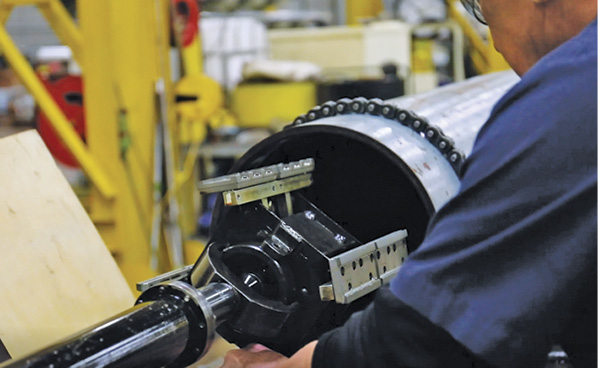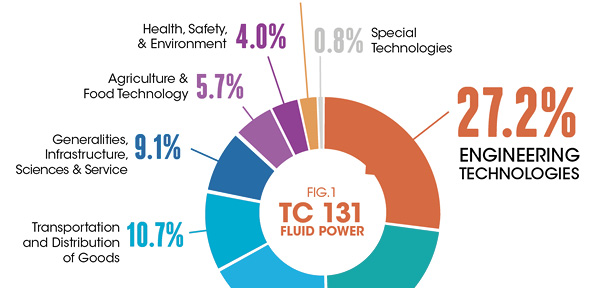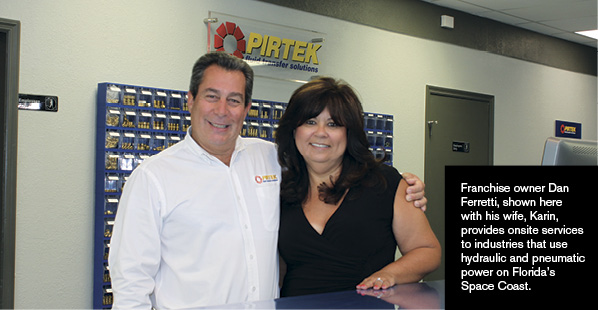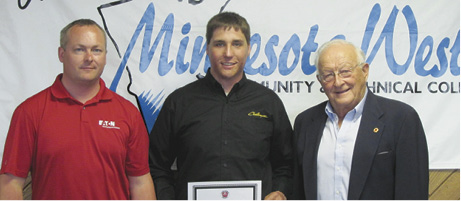Repair or Replace: Welded Style, Tie Rod Style, or Mill Duty Style?

By Jeffrey Kenney, CFPIHT, CFPIHM, CFPMHM, CFPMHT, Hydradyne LLC
Over my career in cylinder remanufacturing, there have been two questions end-users always ask: Repair or replace? And should I replace with a welded style, tie rod style or mill duty style?
The correct answer to these questions can help keep manufacturing plants and mobile equipment up and running. I have spent many hours on the phone with Paul Johnson from Aggressive Hydraulics on this subject and here are some of our collaborated thoughts:
Repair or Replace?
It is critical when recommending end-users to repair or replace to consider several key elements. What is the application? Is it a critical part of their process or machine operation? What are the labor hours required to remove and install? How many cycles are required per minute, per hour, per day? What is the environment? Hot or cold? Outside or inside? What are the pressure requirements? How old is the current cylinder?
The age of the cylinder can greatly affect the decision to repair or replace. Stress can fatigue welds and steel, and other materials can weaken over time. All of these are just the beginning stages of getting your customer an answer to help them decide to repair or replace.
Consequently, answering all the questions above, as well as a thorough site visit to see the application and understand mounting requirements, are necessary to determine if a welded style, tie rod style, or mill duty style is the right choice for a cylinder replacement.

Welded Style, Tie Rod Style or Mill Duty Style—Which One is Better?
Is one better than the other? All these styles have their value if placed in the right application. A cylinder, regardless of where it is being used, must be “Application Specific, Purpose Built” to match the application. Only then will the end-user get the maximum return on their investment, regardless if they decide to repair or replace.
What is also critical is the end-user’s selection of the re-manufacture or repair company they want to use. Two types the end-user can choose from are the “Fix It” shops and the “GM Goodwrench” companies. “Fix It” companies will often insist that repair is the best option, which often is best for their bottom line, but may not produce a quality reliable cylinder. The “GM Goodwrench” companies are driven from the very start to remanufacture with OEM or better-quality parts and procedures. These companies are quality driven, and to them, re-manufacture or replace is a decision based on what is best for the end-user and not their labor usage to just keep people busy.
Overall, cylinders are not as simple as they may seem. They are a vital part of machine operation and provide reliability to keep processes and jobs moving smoothly. No matter what end-users do, repair or replace, welded style, tie rod style, or mill style, it all comes down to selecting a supplier that takes the “GM Goodwrench” approach and provides a product that is “Application Specific, Purpose Built.”







